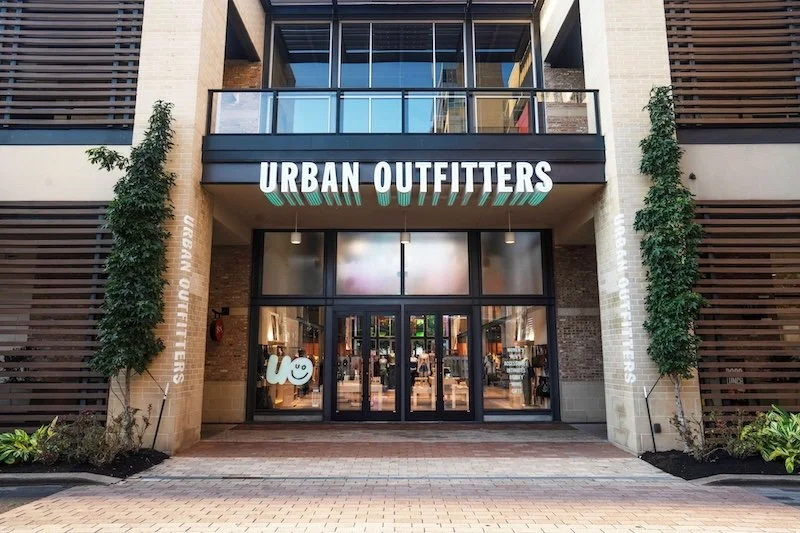What do modern retailers need to know about automation and efficient data pipelines?
Automation and data ecosystems are no longer just technology or IT back-end issues. Today, automation and data ecosystems are relevant in retail, influencing how retailers respond to customer needs and scale their operations.
Modern retailers must leverage automation and data driven processes to mitigate labor shortages, reduce friction in supply chain operations, and maintain competitiveness in a world where all stores must think digitally. Companies that have not embraced and built automation systems are at risk.
This article highlights the ways in which automation allows retailers to work through real-world issues.
Benefits for Retailers Today
Retail automation uses technology that limits human interaction for jobs like inventory management, order fulfillment, staffing and customer engagement. RFID tagging and smart shelves alleviate the necessity for human inventory control in tracking stock levels.
Automation is also popular in customer service with chat bots, and AI-based help desks providing responses to regular questions, and handling simple returns, with no employee involvement.
Efficiency is gold in times of labour shortages. Many retailers, especially small and mid-sized ones, are struggling to hire and retain employees with the right skills to fill the roles needed.
Automation will alleviate these issues when it can handle the boring, mundane work, so that employees can use their time for more intricate, customer acquiring jobs.
The Importance of Data Pipelines in the Automation of Retail
While automation facilitates operations, the important thing that data pipelines do is connect different parts of a retail ecosystem. A data pipeline collects, changes, and transports data between systems. For example, a point-of-sale system can feed real-time data to tools used for inventory forecasting, or a marketing platform can perform analytics on transaction histories to personalize offers.
Data pipelines used to be time-consuming and required engineers with multiple programming language skills and expensive programming infrastructure. That is no longer the case. Open-source tools have made data engineering available to organisations at scale.
Today, non-specialist employees can build and maintain functional data pipelines, ensuring their data is being transported between systems securely and reliably. Retailers who want to succeed should start seeing data in a new light. It is a living asset that they need.
Fostering Data Literacy in Retail: Empowering Non-Tech Employees
Creating and sustaining data pipelines can't completely fall on the IT staff. A progressive retail team includes other departments including merchandising, operations, and marketing to help conceptualize and build pipelines.
Learning resources can come in handy. For instance, DataCamp's Python courses give workers a solid but simple introduction to data manipulation, automation scripts, and visualisation. These courses offer important competencies like "write a script in Python to clean data,” or “use libraries like Pandas to generate a report.”
The eventual goal is not to develop every retail employee into a data scientist, but to allow them to read and act on data with confidence. With only a few team members fluent in Python, businesses can begin to develop workflows that identify business insights automatically and catch problems before they become acute.
Visualising Systems: The Importance of Architecture Diagrams
To keep automation systems and data pipelines maintainable, clarity of visualisation is very important. This is where being able to make architecture diagrams is important. Diagrams help non-technical stakeholders visualize what is connected to what, and how data traverses departments. They are also important for administering new hires, troubleshooting outages, or proposing a renewal to a system.
Architecture diagrams do not have to be complicated. You can use tools like draw.io or PowerPoint to help represent workflows, from the sales systems to a CRM.
Endnote
In short, success in retail for 2025 and beyond will be based on more than product quality or price. Ultimately, it is all about operational flexibility and agility. Automation reduces labor shortages, and enables consistency and quality of service whilst configured data pipelines support translating data to information for smart decisions.
These systems and tools are not only for developers or IT teams anymore. DataCamp's Python courses and other helpful tools can help anyone create architecture diagrams, enabling modern retailers to create smarter systems.































Continue reading…